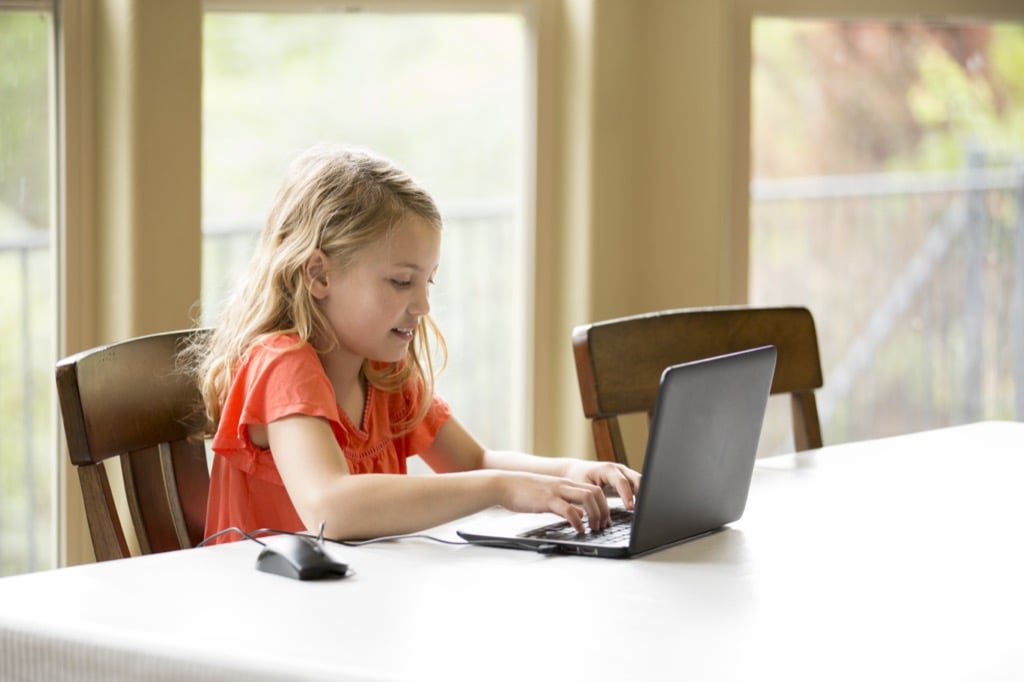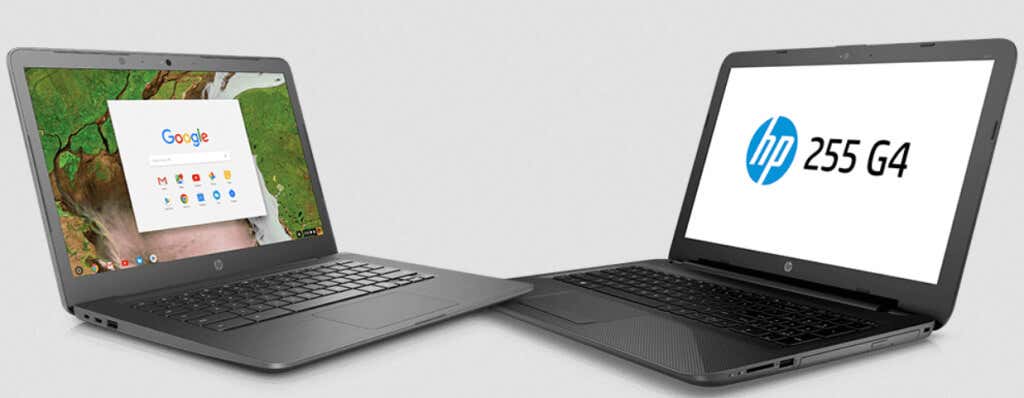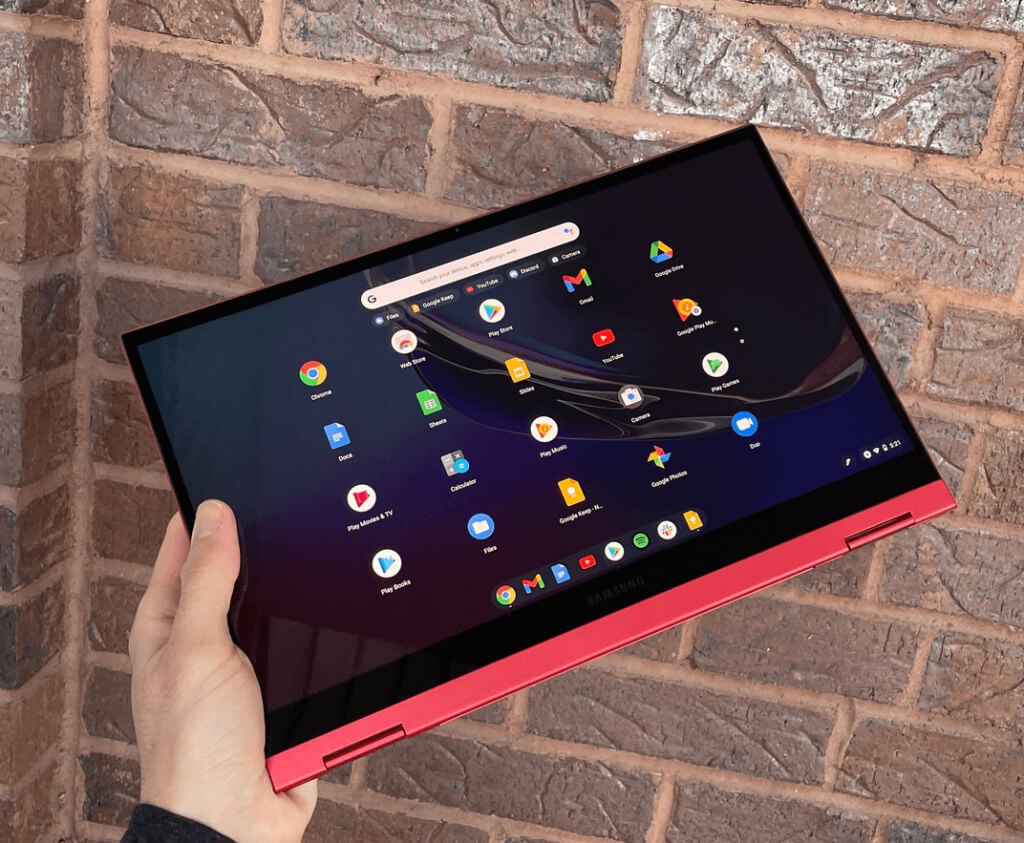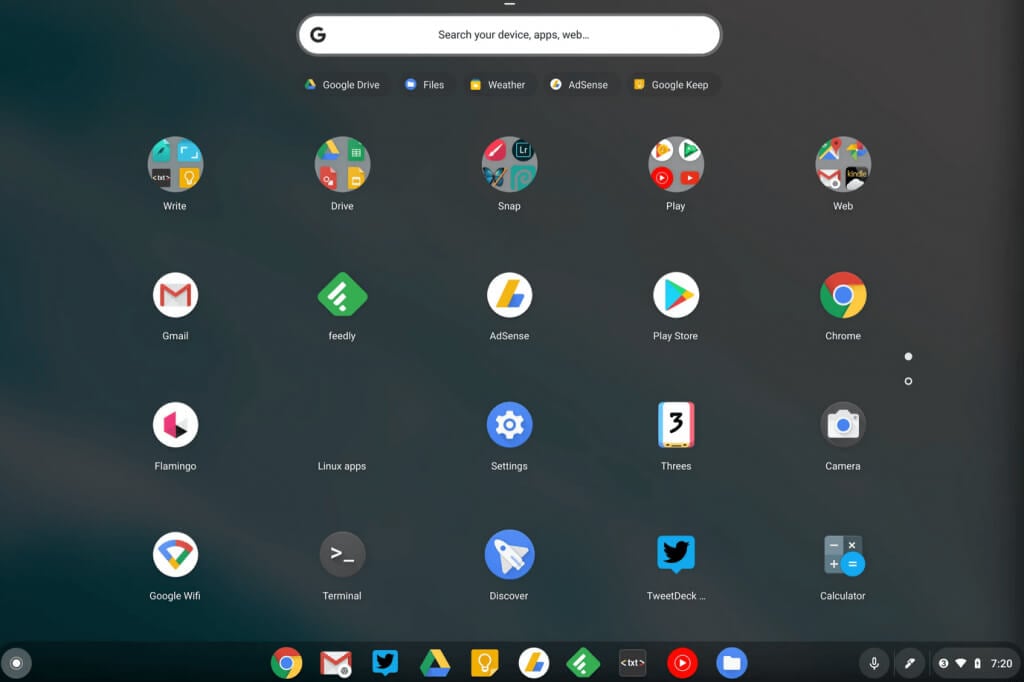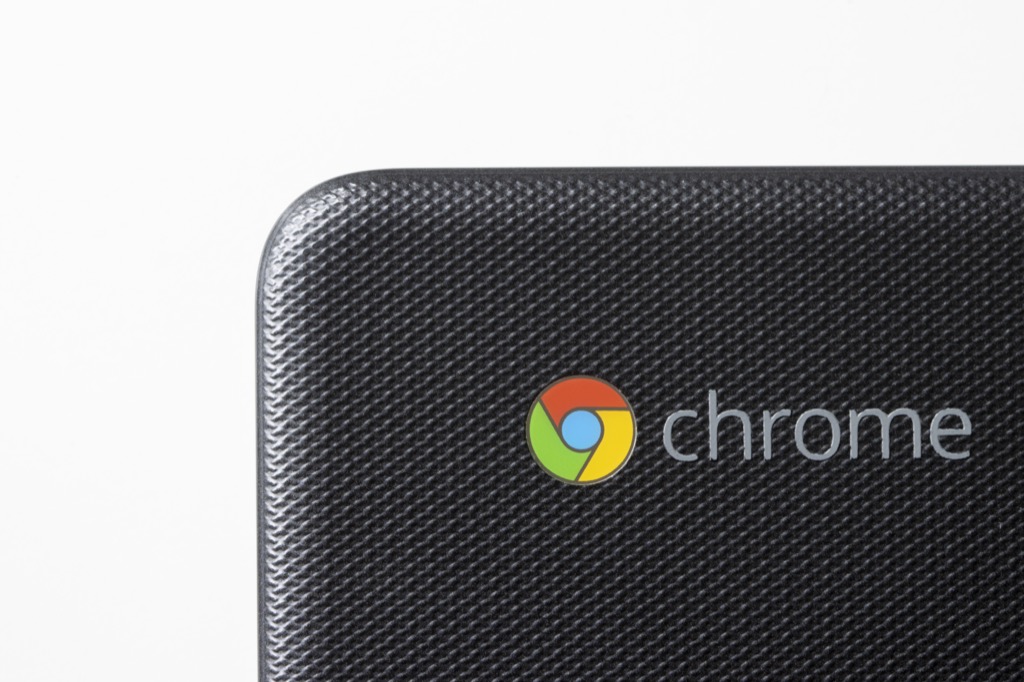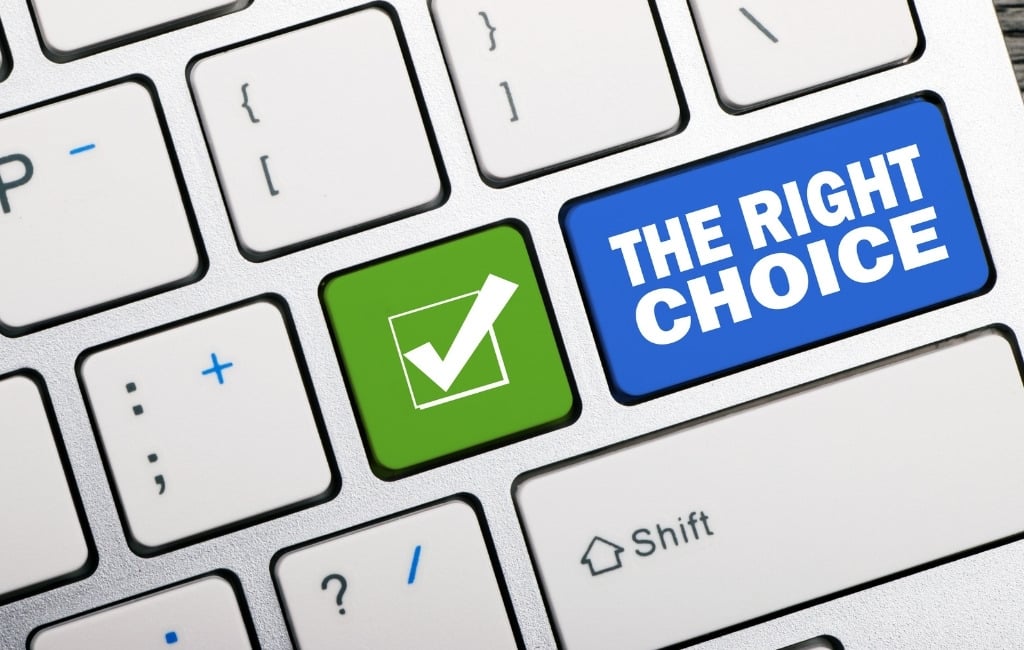Nowadays, computers are part of the classroom because they make learning easier and more fun. Online schooling is also becoming more and more popular, partially thanks to the pandemic, so kids need access to a computer. Before you jump in to buy an expensive tool, you need to make an important decision: Chromebook or laptop?
The Chromebook vs. laptop debate has been ongoing since Chromebooks hit the shelves in 2011. That said, there are major differences between the two devices that you need to take into account. In this article, we’re going to compare Chromebooks to laptops to help you decide what’s best for your kids.
What Is a Chromebook?
In a world dominated by Windows laptops and Macs, the Chromebook is often overlooked. Some people compare it unfairly without realizing that the Chromebook has its own part to play. For example, if all you’re looking at is hardware, you can stop right here because traditional laptops are superior due to heavy-duty configurations for gaming and software development. Chromebooks aren’t meant to replace laptops.
A Chromebook is a lightweight computer that runs on Google’s Chrome operating system. The main interface is the Chrome browser. However, you can also install various apps, like word processors, and use them offline.
The Chromebook is primarily meant for browsing and light work. This makes the Chromebook ideal for researching and studying, especially while on a budget.
Which Device Is More Affordable?
Chromebooks are also on the light side when it comes to the internals. Local storage is comparable to what we have in smartphones and tablets and the processors are much weaker than what we find in traditional laptops. This alone makes Chromebooks considerably cheaper than Windows and macOS laptops.
Since kids don’t usually take good care of their devices, you should probably spend as little money as possible. Fortunately, you can find a wide range of Chromebooks in the $150-$300 range and they’re all good enough for learning and doing schoolwork.
You can also find budget-friendly Windows-based laptops starting at around $400, but they’re usually really bad performance-wise. Windows is a robust operating system that requires more hardware power than a Chromebook. Chromebooks win by far when it comes to affordable prices. This is one of the reasons why schools that are low on funds invest in Chromebooks for their students.
Portability
Laptops and Chromebooks are portable devices. That much is obvious. However, Chromebooks are even smaller and lighter than most laptops. Kids would have a much easier time carrying a Chromebook everywhere.
Chromebooks are thin devices, mainly because of less hardware and smaller screens. You can compare them to a MacBook Air and they’re still a bit smaller and lighter. Many of them also rely on passive cooling, so they don’t have internal fans. This makes them a lot lighter than typical laptops.
Battery Life
If your kids take online classes or if they can use computers during class, you’ll want a device with a lot of battery power. Access to a power outlet can be limited, especially if there’s a whole room of kids with laptops.
A typical laptop has enough battery power for several hours, depending on how intensive the tasks are. However, it might not last through a busy day at school or a Netflix marathon with friends. On the other hand, Chromebooks are famously energy-efficient.
As mentioned earlier, Chromebooks have less hardware and processing power than Windows or macOS laptops. This isn’t a disadvantage for most kids. Having less powerful hardware means the device requires significantly less energy. Many Chromebooks can run on battery power for more than 10 hours.
Ease of Use
A user-friendly tool allows kids to focus on the class, homework, or entertainment. This is especially the case for young children who are about to receive their first computer.
Windows and macOS laptops are fairly complex. There are countless distracting programs, features, and customization options that will confuse kids. This also means that a lot of things can go wrong if messing with the wrong settings or files. This isn’t the case with Chromebooks.
The Chrome OS is incredibly simple. There aren’t many apps and games that come with a Chromebook, so kids can’t be easily distracted. The device is built primarily for browsing, learning, and word processing. This allows kids to familiarize themselves with the virtual environment in no time and focus their attention on things that matter.
Security
Kids tend to click on anything that attracts their attention. They rarely pay attention to malicious links or suspicious image sources, so they click away only to download viruses and bloatware. Sometimes Windows Defender will protect the laptop, but other times you’ll have to clean the system. Fortunately, this isn’t likely to happen if your kids are using a Chromebook.
First of all, Chrome OS is highly secure simply because it’s not a popular operating system YET. Viruses aren’t made to target this platform that often because it’s not worth it for the hacker. Secondly, being developed by Google means that you need to sync the Chromebook to your Google account. As a result, your data is encrypted and can’t be easily stolen even if the device is infected.
Another interesting security feature is sandboxing. Each app is sandboxed, so infections can’t spread from program to program. Add regular OS security updates on top of that and you have a nearly unbreakable device.
Overall, the Chromebook is the safest device for kids because getting it infected is a challenge even for them.
Parental Controls
All major operating systems come with parental control features. This includes all traditional laptops as well as Chromebooks. You can decide which websites your kids can access, keep track of how much time they spend online, what they do, and much more.
Chromebook vs. Laptop for Kids: How To Make the Right Choice
The Chromebook might seem like the best choice if you want a cheap plug-and-play computer for your kids, and it is in a lot of cases. However, you should consider a few external factors that aren’t directly connected to hardware, software, and features.
1. Age
The first thing you need to consider is the age or grade level. The needs of elementary school students are completely different from the needs of high school students.
Chromebooks lack complex features and many programs like Photoshop aren’t available. They’re not good for photo editing, but they’re great for browsing and doing simple homework without distractions.
Get a Chromebook as a first computer or for general schoolwork that doesn’t require demanding software.
2. Requirements
Whether you buy a Chromebook or a laptop, you need to think about your kids’ needs. Do they need a device to study, write and share assignments, and watch videos? A Chromebook is ideal in this case.
That said, if your kid is older and has already started programming, photo editing, or performing other demanding tasks, a laptop is recommended.
3. Budget
If you’re highly restricted by your budget and you simply can’t afford a decent laptop, just buy a Chromebook without even thinking about other factors. You have much better options for Chromebooks in the lower price ranges than for laptops.
So, did you decide what’s the best device for your kids? If you’re still not sure, here are the best budget laptops for kids and the best Chromebooks for kids.
